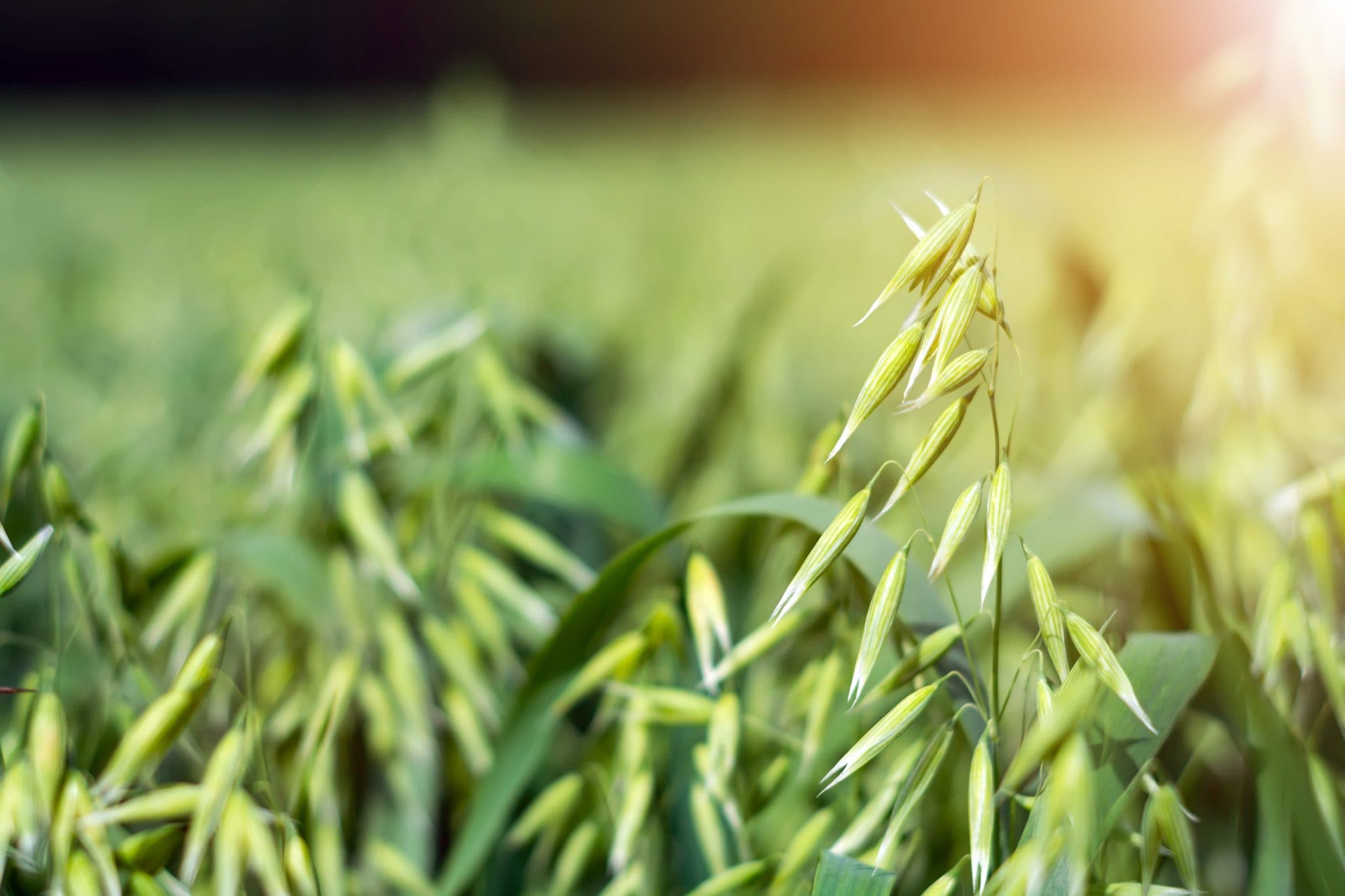The $11.5 million* commercial breeding Program will provide new varieties for milling and hay oats, side-by-side, with a broad genetic base equipped to respond to the changing needs of Australian growers and exporters.
This Program is the only one of its type in the world and builds on research in hay and milling oat breeding by the South Australian Research and Development Institute (SARDI), a division of the Department of Primary Industries and Regions.
AgriFutures Australia Managing Director John Harvey acknowledged SARDI’s leadership and importantly the commitment, and achievements of the breeding and technical staff.
“Firstly, I would like to acknowledge SARDI’s research in oat breeding for more than 25 years, and particularly for its leadership of the National Program since 2003. Under SARDI’s leadership, the Program has grown and continued to deliver high-quality grade hay and milling oat varieties for growers.”
“AgriFutures looks forward to working with the GRDC and InterGrain, building on the foundation of SARDI’s research and continuing to grow and maintain Australia’s competitive advantage into the future.”
GRDC Managing Director, Anthony Williams, said the outcome was a good example of how growers, through their Research Development Corporations, would be rewarded for upfront risk and investment.
“As significant cereal breeding expertise and capacity lies in the private sector, it’s fantastic that the oats industry has developed to the point where commercial breeding investment has been attracted,” said Mr Williams. “This is how commercialisation should work between RDCs and industry. The future looks very bright for oats in the growing ‘super food’ market.”
Following a competitive tender process, InterGrain was selected to lead the Program as it transitions to a full commercial model by 2025. As one of the leaders in cereal breeding in Australia, InterGrain has extensive experience in transferring public breeding programs into the commercial sector and developing them into commercially focused breeding programs. They have identified priority activities in the short, medium and longer-term, to build a best practice oat breeding program and deliver benefits to hay and milling oat growers.
Short term
- Increasing population sizes and selection intensity
- Reduced time for variety development cycle (using speed breeding and summer nurseries)
- Improved seed delivery pipeline
Medium term
- Develop and apply genomic selection methods
- High throughput phenotyping of hay yield and quality
Longer term
- Widen the oat gene pool
Strong engagement with the grain and hay value chains has been, and will continue to be, a key strength of the program as it enters a new era. This is critical to ensure the retention of markets and growth opportunities for Australian milling and hay oats globally and in the domestic marketplace.
South Australian Minister for Primary Industries and Regional Development David Basham said, “Investing in grains research to boost productivity and farm profits is important to the Marshall Liberal Government.”
“Research and development is a key component of the South Australian Grain Industry Blueprint, which aims to boost the sector to $6 billion by 2030.”









